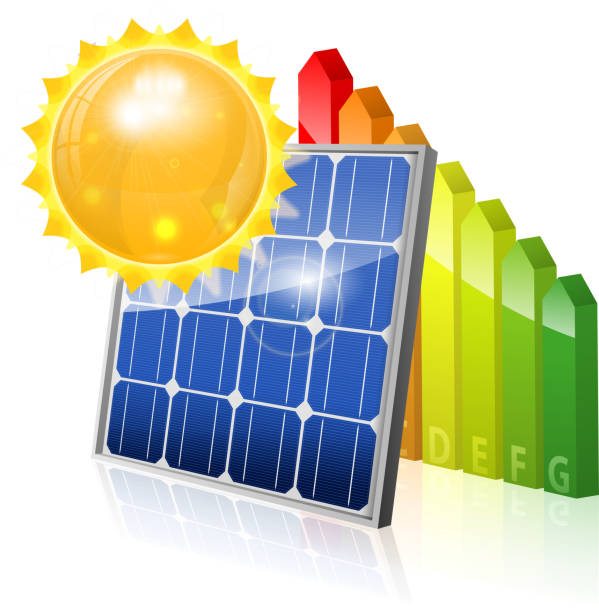
So, you decided to take the plunge and bought the latest energy-producing solar plant. However, it’s not producing the power you expected for some reason!
No. A solar-powered power plant isn’t an unwise choice since it can help you cut your expenses and carbon footprint even at its lowest performance! Additionally, the inefficiency of your solar system could be traced to several reasons, and most of them can be prevented.
In this article, we will learn the signs that your solar power system isn’t working correctly and the causes.
How to Spot Underperformance of Solar Power System
It is essential to realize that a slight decrease in the solar energy system’s output cannot be unusual. The energy output of your system will fluctuate between a high and a low. The low efficiency could be due to common causes like:
Climate change (extreme temperatures or heavy rain)
Cloud cover/ haze
The orientation and direction of the solar panel
Power loss occurs when converting DC power generated by the modules to AC power.
On the other hand, an issue of underperformance occurs when the solar energy system produces less energy than anticipated.
How do you know?
The first step is to determine your desired energy output based on the ratings and wattage of the solar system you have. Additionally, you can monitor how much your solar system has produced the expected energy by scanning your system via web-based software or manually checking the data.
Another method to determine if your system isn’t performing as it should is to look at electricity bills. If you notice a significant increase in your monthly energy costs, it could indicate that the efficiency of your solar system has decreased.
Reasons for the Underperformance of Solar Plants
If you are concerned about a decline in the efficiency of solar power plants, there are five other common reasons. Let’s take a look at them more in-depth.
Soiling Losses
Studies have revealed one of the primary reasons for poor performance is soiling. Consolidation, the accumulation of dust and soil particles, can hinder the amount of sunbeams that reach the panels.
Everything from dust and debris accumulation to bird droppings and even snow cover may hinder panels from taking advantage of the total power from the sun. Most often, rainwater residue leaves dirt on the bottom corners of boards. It can also decrease production and can lead to overheating of the modules.
Solution
Clean your panels at least every two weeks to eliminate dirt
To keep dust from building up, buy a cheap but powerful device such as the Aqua Pi that removes the water accumulation.
Shading
From decreasing the generation of your computer from reducing your age to increasing the danger of hotspots becoming a problem, shadows on modules can cause various issues. Wall surfaces could cause shading on top of a building, antennas, water tanks, or tree branches.
In general, all obstructions to sunlight are spotted in the inspection of the site, and the plan is constructed to accommodate them. However, the construction of new structures in the area or the presence of trees and poles nearby could create an issue.
If a solar cell is shaded, the performance of the solar string may be lowered by as much as 40% to 80 percent. This is one of the main reasons for the decline in the efficiency of solar energy systems. However, there are solutions to reduce the loss of shading.
